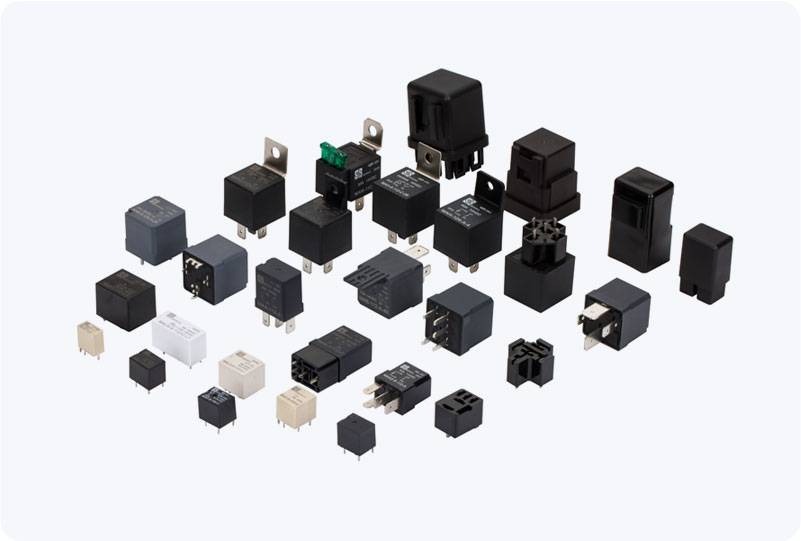understanding low voltage dc relay: applications and benefits
Release time:2025-10-23 16:17:13
A Low Voltage DC Relay (LVDCR) is a type of electromechanical relay designed to switch low-voltage direct current (DC) circuits. Relays, in general, are switches that open and close circuits electromechanically or electronically. The Low Voltage DC Relay is an essential component used in a variety of electrical systems where low-voltage control is required. Understanding how these relays function and their applications in different fields can help users select the right relay for their specific needs.

How Does a Low Voltage DC Relay Work?
The working principle of a Low Voltage DC Relay is based on an electromagnet mechanism. When a low-voltage DC signal is applied to the coil (electromagnet), it generates a magnetic field that attracts a switch mechanism, either closing or opening the contacts. This action allows the relay to control the flow of electricity to a connected load.
A typical Low Voltage DC Relay will have at least one set of contacts. These contacts can be either normally open (NO) or normally closed (NC), meaning that the relay can either complete a circuit when activated or break an existing circuit. When the relay is activated, the contacts will switch state, allowing current to flow or interrupting the current flow, depending on the design of the relay.

